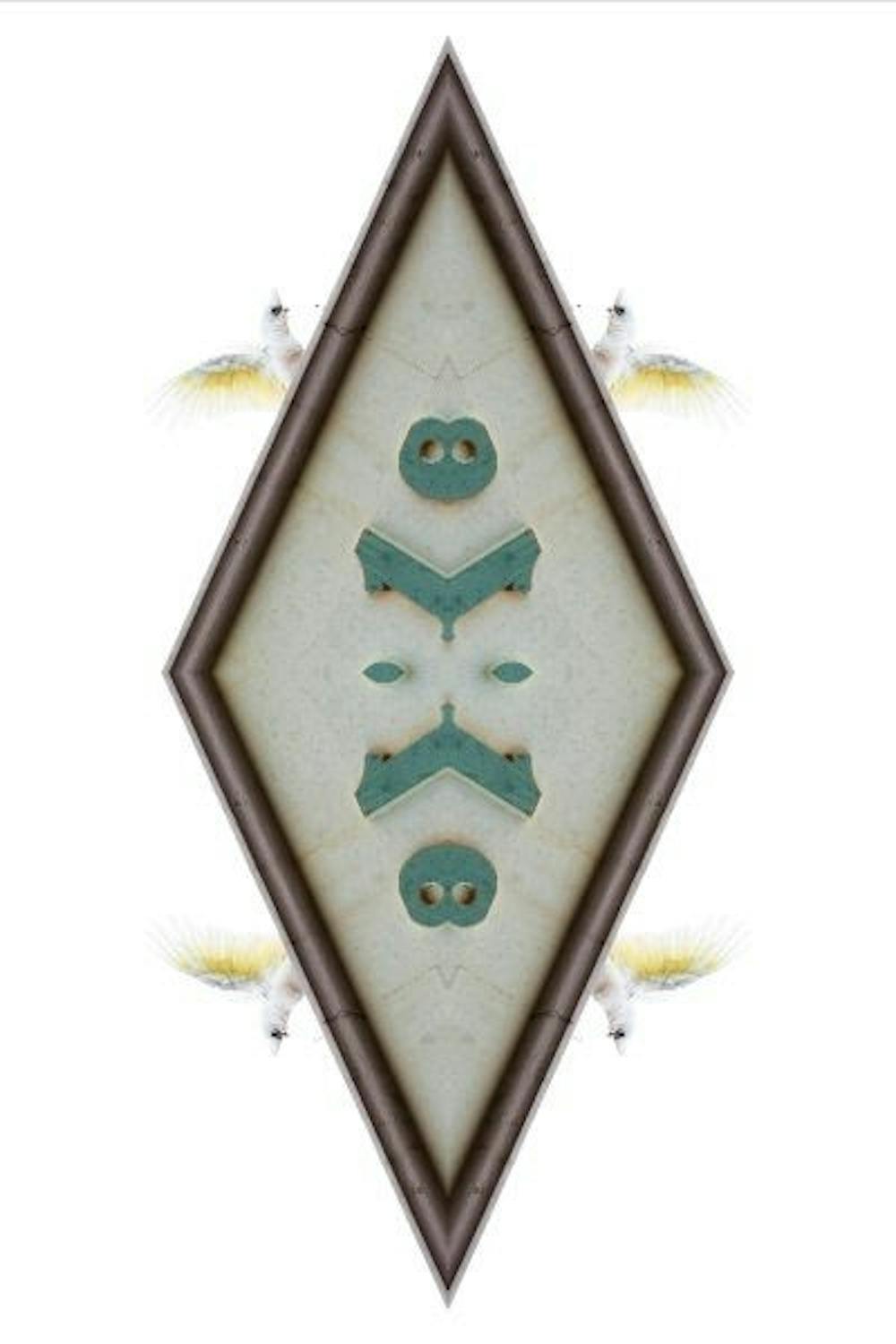The McIntire Department of Art — in conjunction with the University’s Institute of Humanities and Global Cultures, the University’s Center for Global Inquiry and Innovation, the Center for the Americas and the Page-Barbour Fund for Interdisciplinary Scholarship — held a symposium on Grounds Friday and Saturday discussing “Decolonizing the Digital Humanities: Indigenous Arts, Histories, and Knowledges From The Material to the Screen.”
The conference, which has been in the making for about a year, featured talks and panels from guest speakers from the University and higher institutions around the world, including the University of Wisconsin-Madison, Northeastern University and Universidad de los Andes in Colombia. The keynote speaker, Margaret M. Bruchac, hails from the University of Pennsylvania and is the coordinator of the school’s Native American and Indigenous Studies department.
Allison Bigelow, an assistant professor of Spanish and a conference co-organizer, said that the wide variety of cultural, geographic and academic perspectives represented throughout the weekend “will have a lot to offer students.”
“We think that the speakers — because they come from so many different disciplines, use so many different methods — represent a combination of scholarly and creative voices,” Bigelow said.
Panel and lecture topics during the conference ranged from “Indigenous Cultural Presence and Absence: Reshaping Ways of Thinking and Seeing” to “Mapping Native People: The Intersection of Individual Privacy, Tribal Sovereignty, and Academic Research.” Bruchac’s keynote speech — entitled “Voices Carry: Reflections on Animacy in Indigenous Collections” — is one that Douglas Fordham, an associate professor. of art history and a conference co-organizer, was especially excited about due to Bruchac’s research on matching indigenous objects back to their respective communities.
“[Museums are] starting to digitize and put these online, and yet the indigenous communities who might have or still have a ritual purpose and use for these objects would say to the museum, ‘Okay, now you have digital images, can we have the object back?,’” Fordham said. “And the museums are saying, ‘Well, we have the objects, but now you have the digital images.’”
Fordham said that this practice raises the question of what impact digital imagery and digital humanities have on indigenous communities and the objects that are deeply integrated into their cultural practices.
“What is the digital imagery re-facilitating?” Fordham said. “Is it just access for everyone or is it a record that would then free the objects up to kind of live lives of their own or back in the communities from which they came?”
To Bigelow, the relationship between copyright and public domain and digitizing indigenous cultural objects — a topic six graduate student fellows will be presenting on during the conference — is another example of a relevant exploration the impact of digital humanities on indigenous communities.
“I think it’s easy to see how Western legal concepts of common use and public domain are at best, inadequate for the remediation of indigenous art and literature and knowledge and at worst, destructive and harmful,” Bigelow said.
Bigelow said that the conference was one tangible push to give indigenous studies a more present place in University curriculum. The University does not have an indigenous and native studies department and works with Duke University and Vanderbilt University through a distance learning consortium in order to offer students multiple classes in indigenous languages, such as Haitian Creole and Maya K’iche’. Additionally, much of the University’s emphasis on indigenous practices and cultures operates through the Kluge-Ruhe Aboriginal Art Museum and the Fralin Museum of Art instead of within a typical classroom setting.
To Bigelow, the University has a responsibility to improve their faculty hiring processes so an independent indigenous studies program at the University is able to get off the ground, as previous searches have been unsuccessful.
“We don’t have any faculty that are permanent in indigenous and native studies,” Bigelow said. “There are some searches, but we don’t have a real permanent presence with the grounded faculty here.”







